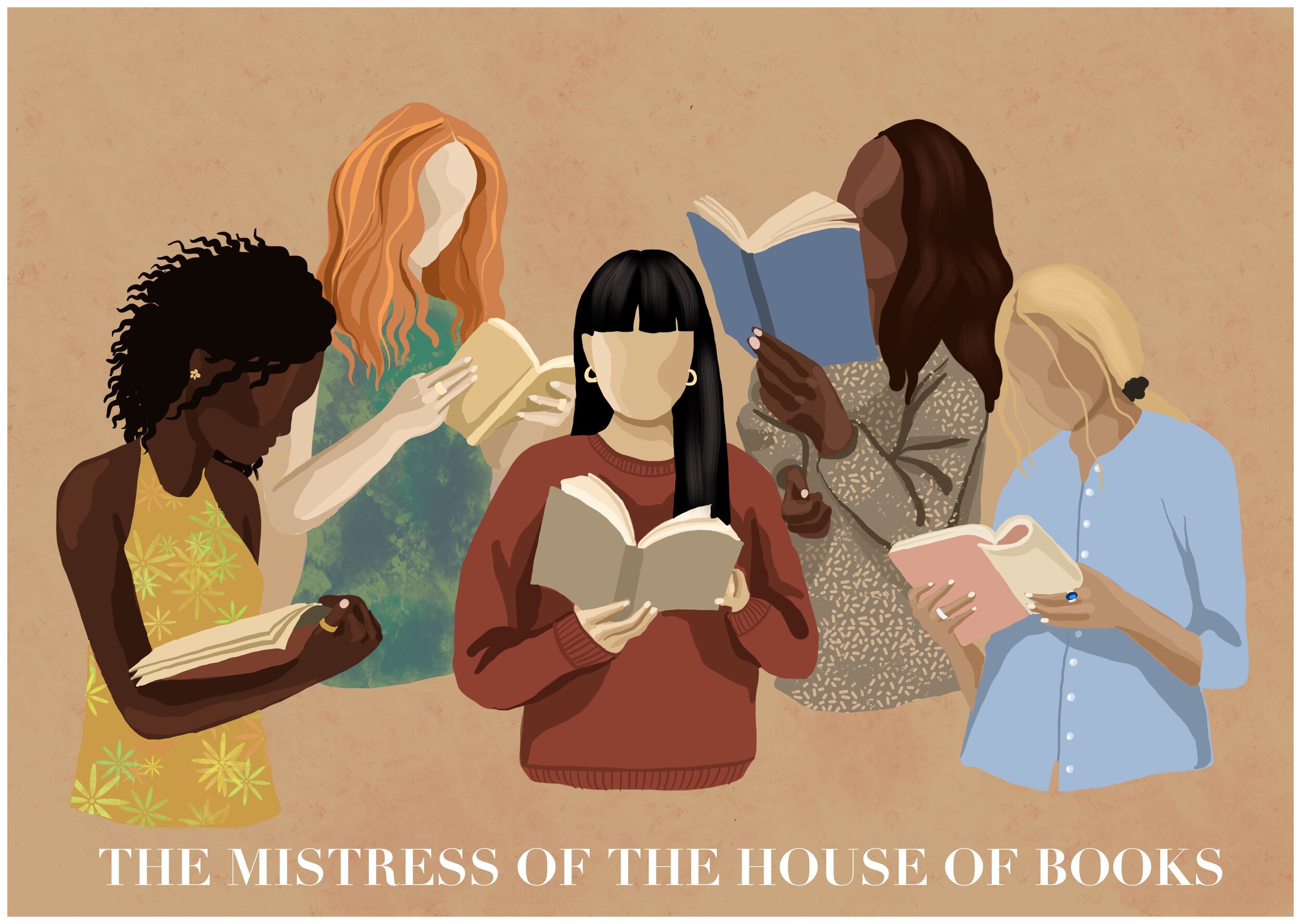Review: Displacement by Kiku Hughes
Last year I read my first ever graphic novel. In America, graphic novels are often thought to be a lesser form of literature. This social attitude always kept me from reading them growing up. It was not until I moved to France, which considers graphic novels to be on the same level as any other form of literature, and my book club selected it, I read my first graphic novel! My reaction? I adored it! It was an incredible experience to see how the graphics can capture more detail than a non-graphic novel could without wanting to chuck the book, and it made reading fun.
This month I picked up the newly released young adult graphic novel Displacement by Kiku Hughes. The story blends history and sci-fi to discuss Japanese internment camps in the United States during World War II. The main character Kiku is a teenager who is road tripping with her mother from Seattle to San Francisco to see where her great-grandmother grew up. Once they start exploring San Francisco to try to find her great-grandmothers house, the first displacement occurs. When the displacement occurs, a fog takes over Kiku, and she finds herself in an auditorium where a girl who is strangely familiar to her is playing the violin. The girl turns out to be her great-grandmother, a few years older then Kiku now. The displacement ends as quickly as it began.
Once Kiku gets back to Seattle, she hopes that the displacements would end, but they do not. The longest displacement that happens is for roughly a year. During that time, Kiku is in the same internment camp as her great-grandmother. Growing up, Kiku did not know much about her other then she played the violin, she lived in the internment camps but did not discuss that time, and that she died while Kiku's mother was young. When Kiku is at the camp, she experiences firsthand what life was like for the Japanese people who were interned in them and their treatment. However, while the camp had its daily hardships, Kiku also had precious moments with the friends she made. Kiku even met a girl at the camp who they went to dances and school together and would eventually start dating.
Through Kiku, you learn what life was like in the camps for both the children and adults; it is as if her being a teenager was a bridge between these two age groups. She still had to go to school, but she was privy to adult conversations and decisions like filling the “Loyalty Questionnaire.” If she said no to the questionnaire, she would be moved to another camp with all the others who would not swear allegiance to the US government after forcing them against their will into an internment camp. Another significant consequence of the camps was stunting the passage of culture to future generations. Kiku and her mother never learned Japanese, how to make traditional food, or celebrated certain holidays. This occurred in numerous families but especially those in the west because the Japanese in the east were not put in camps. The geographic divide that occurred adds another layer to the discrepancy of culture among Japanese Americans; some even moved to the east afterward because they felt safer.
To me, this graphic novel was a fantastic way to capture life in the internment camps as a teenager and the effects it would have on later Japanese-Americans generations. It also plays out this day-dream(is that the right word?) or fantasy that future generations have of their family members who went through traumatic experiences. I think we all question what it would have been like to live through it personally. This graphic novel places us alongside Kiku in this day-dream/fantasy we harbor, and that the title of the story perfectly describes it as an experience of displacement.
In an effort to support Bookshop.org, this post contains affiliate links. We may receive a commission for purchases made through these links. Thank you for the support!

